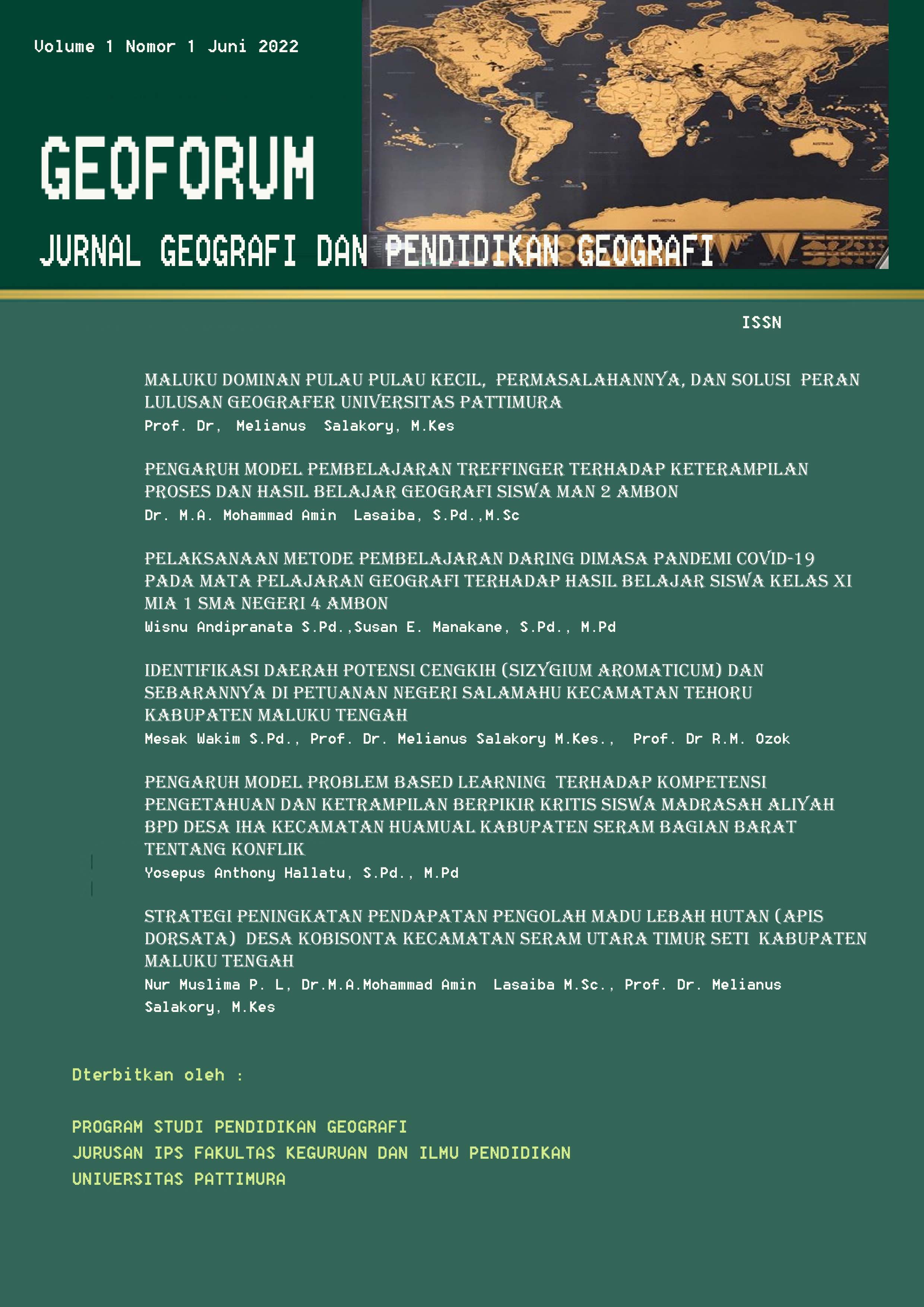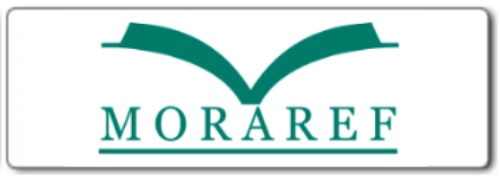Outcome of PKM (Community Service Program) on Promoting Vegetable Consumption as a Strategy for Addressing Stunting Risk Groups in Coastal Areas.
Outcome PKM Edukasi Gemar Makan Sayur Strategi Penanggulangan Kelompok Risiko Stunting di Daerah Pesisir
Abstract
Indonesia is facing a severe issue of child malnutrition with high rates of stunting among toddlers, particularly in coastal areas like Pulau Osi Maluku. Stunting is caused by inadequate nutritional intake over a long period. The prevalence of stunting in Indonesia remains high, although it is decreasing. Preventive efforts include promoting the habit of eating vegetables, providing health education to parents, and developing hydroponics as a solution for vegetable supply in areas with limited land. Education and collaboration between the government and the community are crucial in addressing stunting and improving the quality of life for children in coastal areas. The research was conducted in Pulau Osi Hamlet, Maluku, using purposive sampling with mothers as subjects. A descriptive qualitative approach was employed, utilizing both primary and secondary data. Data collection was carried out through interviews, observations, and documentation. Data analysis was done using qualitative methods to describe the research findings systematically. In Pulau Osi Hamlet, efforts to combat stunting and meet vegetable needs were undertaken through education using the PBL (Problem-Based Learning) method, involving 35 participants. Vegetable consumption patterns varied and were influenced by knowledge, education, and the availability of vegetables. Land and supply limitations posed challenges. The hydroponic solution increased vegetable availability, diversified food options, and promoted community self-sufficiency. Collaboration between the government and the community was vital. The results were evident from the healthy growth of vegetable plants and successful harvests. This initiative successfully improved knowledge, self-sufficiency, and food security in Pulau Osi Hamlet, helping to address stunting and improve vegetable consumption patterns.
Downloads
References
Ansiska, P. A., Helmi, D., Windari, E. H., & Oktoyoki, H. (2022). Sosialisasi pemanfaatan limbah kulit kopi dalam upaya perbaikan kualitas tanah. INCOME: Indonesian Journal of Community Service and Engagement, 1(2), 35-40. https://doi.org/10.56855/income.v1i2.53
Arif, S., Isdijoso, W., Fatah, A. R., & Tamyis, A. R. (2020). Tinjauan strategis ketahanan pangan dan gizi di Indonesia: Informasi terkini 2019-2020. The SMERU Research Institute.
Asriani, R., Salma, W. O., & Jafriati. (2022). Analisis faktor risiko kejadian stunting pada anak baduta (6-24 bulan) di wilayah kerja Puskesmas Mowila. Jurnal Ilmiah Ilmu Keperawatan, 1(2020), 123-128.
Daracantika, A., Ainin, A., & Besral, B. (2021). Pengaruh negatif stunting terhadap perkembangan kognitif anak. Jurnal Biostatistik Kependudukan Dan Informatika Kesehatan, 1(2), 113. https://doi.org/10.51181/bikfokes.v1i2.4647
Ghassani, L. N., Aruben, R., & Rahfiludin, M. Z. (2016). Gambaran pengetahuan, sikap, dan praktik ibu dalam menyediakan konsumsi sayur pada anak usia sekolah dasar di Semarang tahun 2016. Jurnal Kesehatan Masyarakat, 4(April), 197-207.
Hafiza, D., Utmi, A., & Niriyah, S. (2021). Hubungan kebiasaan makan dengan status gizi pada remaja SMP YLPI Pekanbaru. Al-Asalmiya Nursing: Jurnal Ilmu Keperawatan, 9(2), 86-96. https://doi.org/10.35328/keperawatan.v9i2.671
Hariyanto, M. T. (2023). Pemanfaatan teknologi greenhouse dan hidroponik sebagai solusi menghadapi perubahan iklim di Desa Dlanggu. Prosiding Patriot Mengabdi, 2(1), 298-304.
Hayati, A., Fujiana, F., & Murtilita. (2022). Faktor-faktor yang mempengaruhi kejadian stunting pada balita umur 24-59 bulan. Medical Journal of Al-Qodiri, 7(2), 84-95. https://doi.org/10.52264/jurnal_stikesalqodiri.v7i2.166
Khatimah, N., Erham, E., ... & F. F.-... P. K. (2023). Edukasi gizi yang tepat dalam mencegah stunting dengan menggunakan media booklet dan poster. Bernas, 4(4), 3491-3497. https://www.ejournal.unma.ac.id/index.php/bernas/article/view/6849
Layaman, L., Nasichah, N. A., & Hanim, T. F. (2020). Pemberdayaan remaja melalui budidaya tanaman hidroponik kampung Kertasemboja Kelurahan Pegambiran Kota Cirebon. Dimasejati: Jurnal Pengabdian Kepada Masyarakat, 2(2), 191. https://doi.org/10.24235/dimasejati.v2i2.7074
Leuwol, F. S., Yusuf, R., Wahyudi, E., & Jamin, N. S. (2023). Pengaruh kualitas lingkungan terhadap kesejahteraan psikologis individu di Kota Metropolitan. Jurnal Multidisiplin West Science, 2(08), 714-720. https://doi.org/10.58812/jmws.v2i08.592
Novianti, S. (2021). Faktor aksesibilitas dan praktik pemberian makanan pada anak usia 6-23 bulan di masa pandemi. Jurnal Kesehatan Komunitas Indonesia, 16(2), 165-178. https://doi.org/10.37058/jkki.v16i2.2575
Punuh, S. N. A., Sudirman, A. A., & Modjo, D. (2023). Hubungan kejadian stunting dengan capaian perkembangan anak di wilayah kerja Puskesmas Motolohu Kabupaten Pohuwato. Usada Nusantara: Jurnal Kesehatan Tradisional, 1(2), 79-93.
Rauf Jabal, A., Alang, M. S., & Rahmatiah, S. (2022). Strategi penyuluh kesehatan dalam mengurangi stunting pada anak di Puskesmas Tarowang Kecamatan Tarowang Kabupaten Jeneponto. Jurnal Bimbingan Penyuluhan Islam, 2010, 198-208.
Roidah, I. S. (2014). Pemanfaatan lahan dengan menggunakan sistem hidroponik. Buletin Agrohorti, 1(2), 43-50.
Sari, N., & Budiono, I. (2021). Pengaruh pemberian Fruitable Card untuk meningkatkan konsumsi sayur dan buah anak usia pra sekolah. Indonesian Journal of Public Health and Nutrition, 1(1), 472-478. http://journal.unnes.ac.id/sju/index.php/IJPHN
Wachjar, A., & Anggayuhlin, R. (2013). Peningkatan produktivitas dan efisiensi konsumsi air tanaman bayam (Amaranthus tricolor L.) pada teknik hidroponik melalui pengaturan populasi tanaman. Buletin Agrohorti, 1(1), 127-134. https://doi.org/10.29244/agrob.1.1.127-134
Copyright (c) 2024 Lisri Rumbya

This work is licensed under a Creative Commons Attribution 4.0 International License.





















